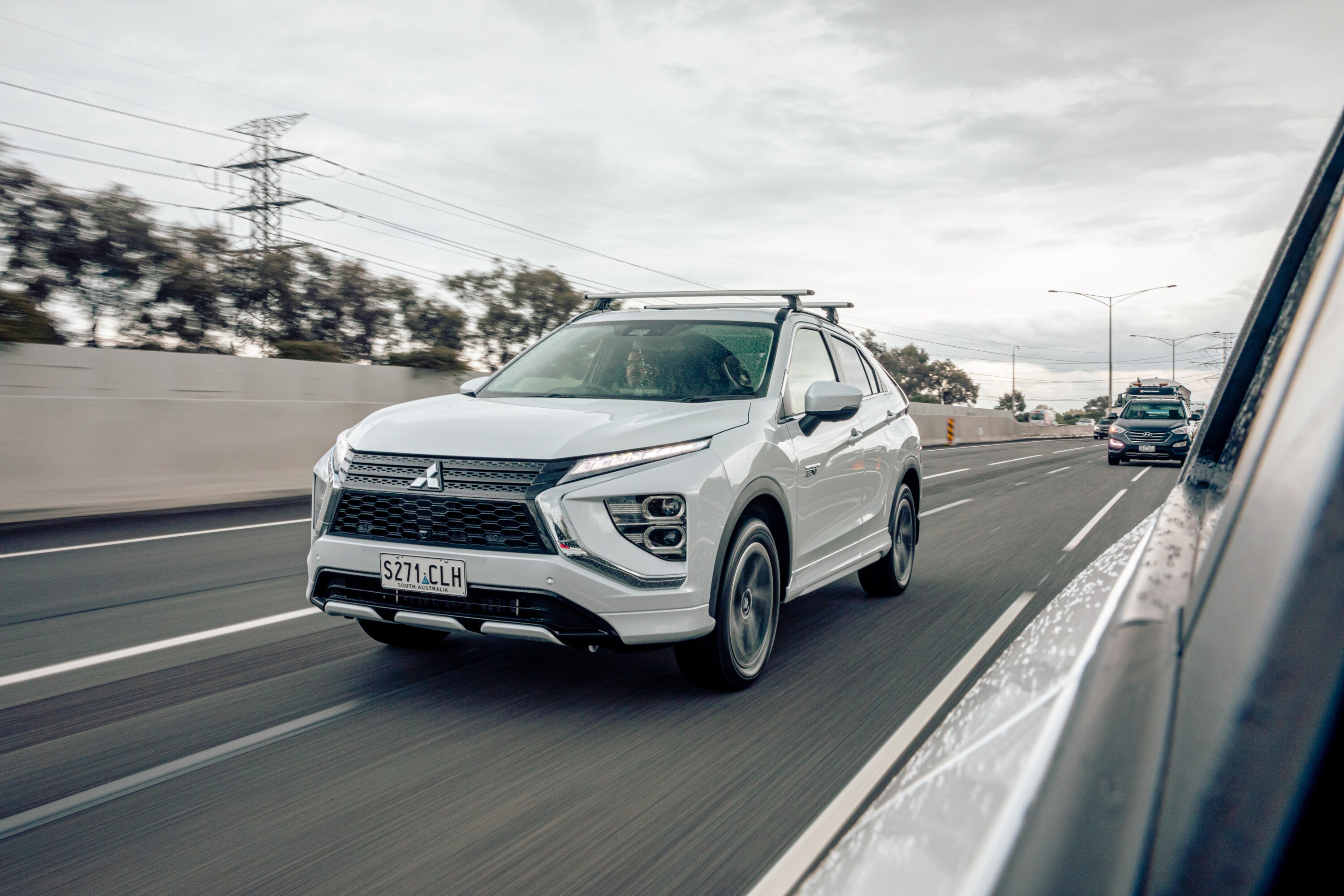
The Mitsubishi ASX and Eclipse Cross are both considered small SUVs, lower priced. It can therefore be confusing telling these two apart and then justifying which makes most sense for your life – that’s what we’re going to do in this article.
JUMP AHEAD
- Body styles
- What do you get?
- ASX and Eclipse Cross dimensions
- Comfort and Practicality
- Boot space
- Safety
- How do they drive?
- Warranty and Servicing
- Verdict – Mitsubishi ASX
- Verdict – Mitsubishi Eclipse Cross
- Specifications
Body styles
ASX
A five-door five-seat small SUV, the ASX is available only with petrol engines hooked up to the front wheels.
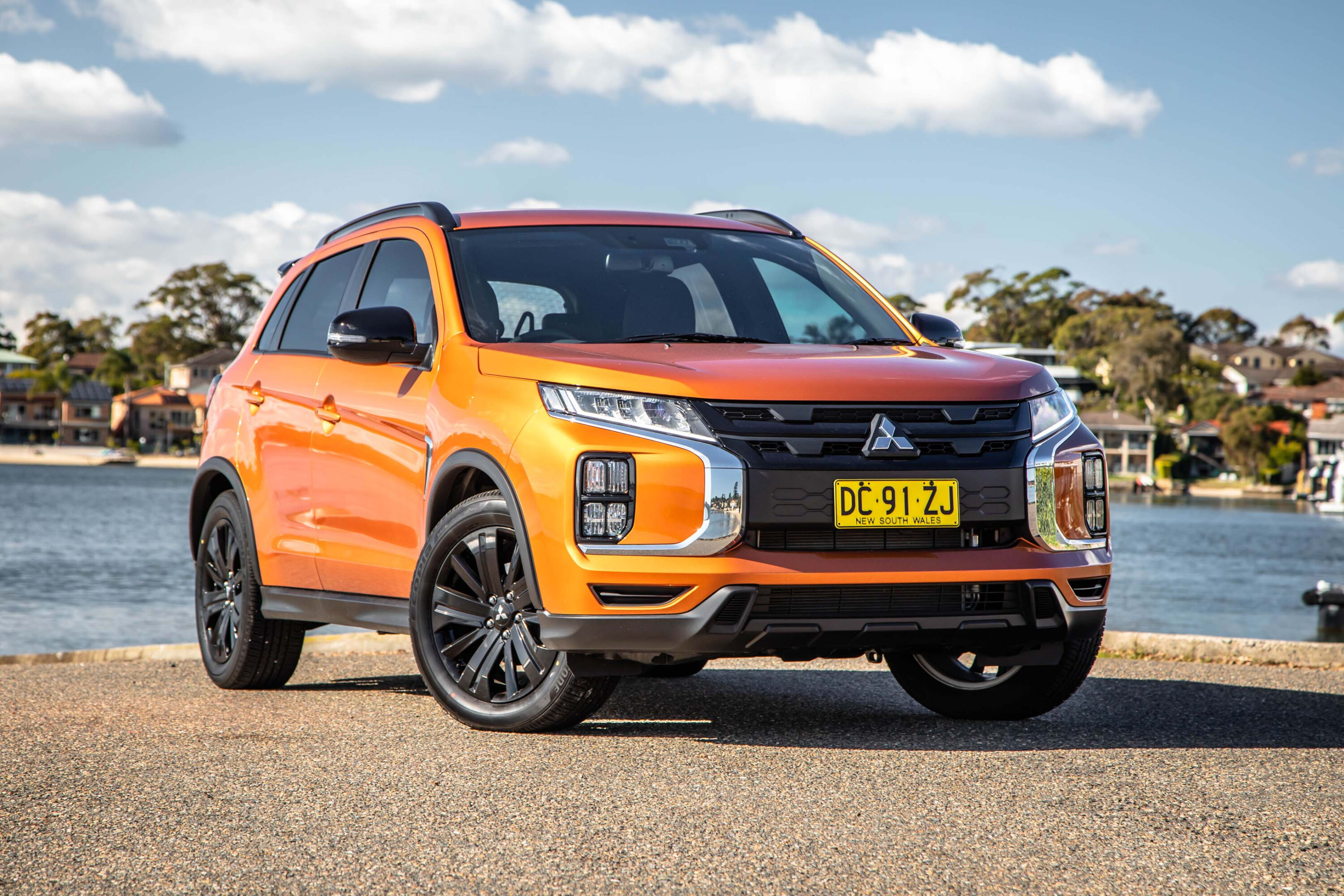
Eclipse Cross
This coupe-like small SUV still seats five and has five points of entry, but it has optional all-wheel drive and plug-in hybrid power on the menu.
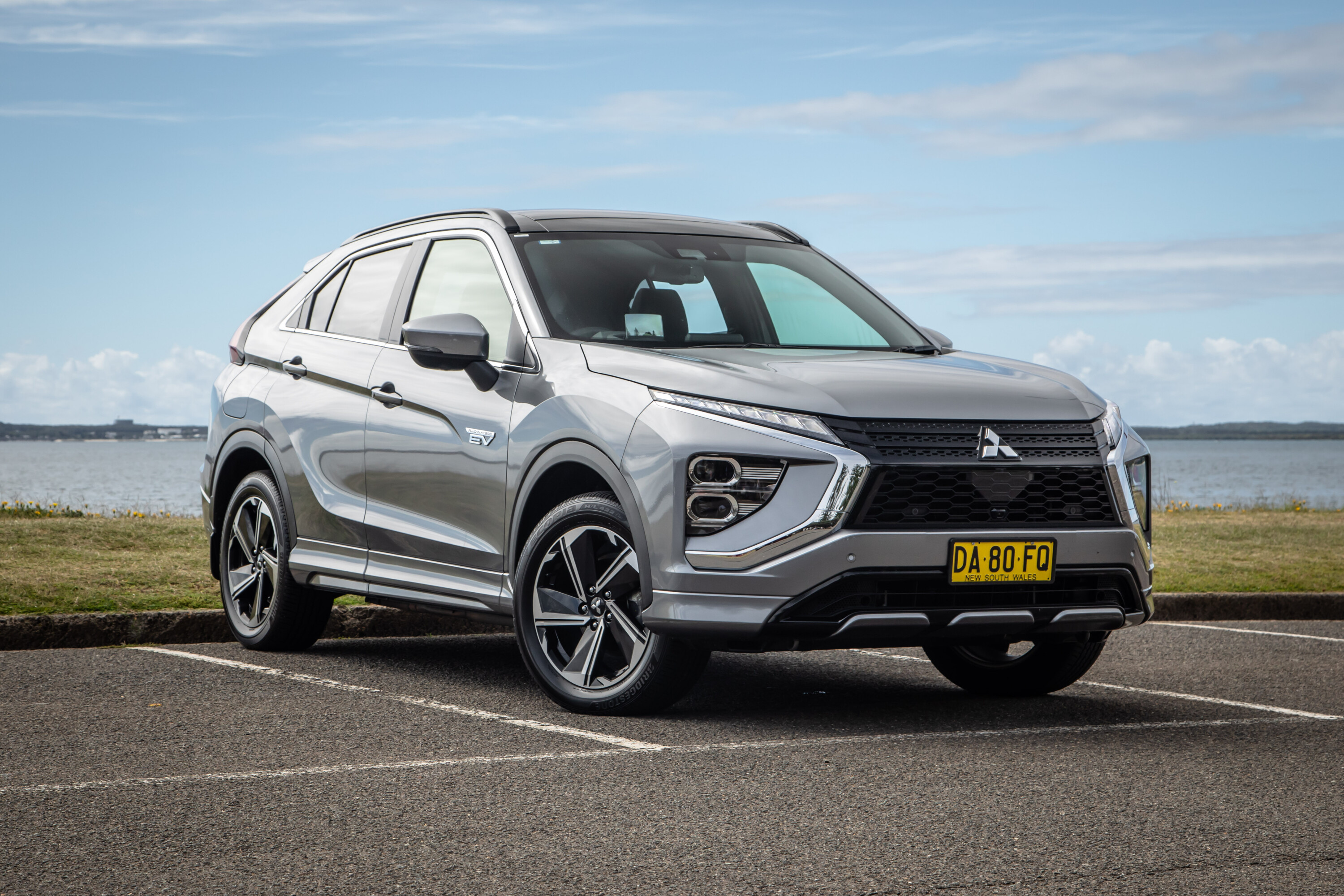
What do you get?
ASX
The ASX is more affordable, entering at $23,990 and climbing to $34,740 (before on-road costs), which is just about where the Eclipse Cross starts.
Basic ASXs have naturally aspirated 2.0-litre petrol engines, cloth upholstery, and no adaptive cruise control. As cheap, basic transport it’s hard to argue with the reliable ASX. An auto emergency braking (AEB) system is now standard, as is a generous 8.0-inch touchscreen with Apple CarPlay, DAB+ digital radio, air-conditioning, and LED headlights.
Moving up adds 18-inch alloys, USB-C sockets, a bigger 2.4-litre engine, nicer upholstery (including leather in the Exceed), and a sunroof.
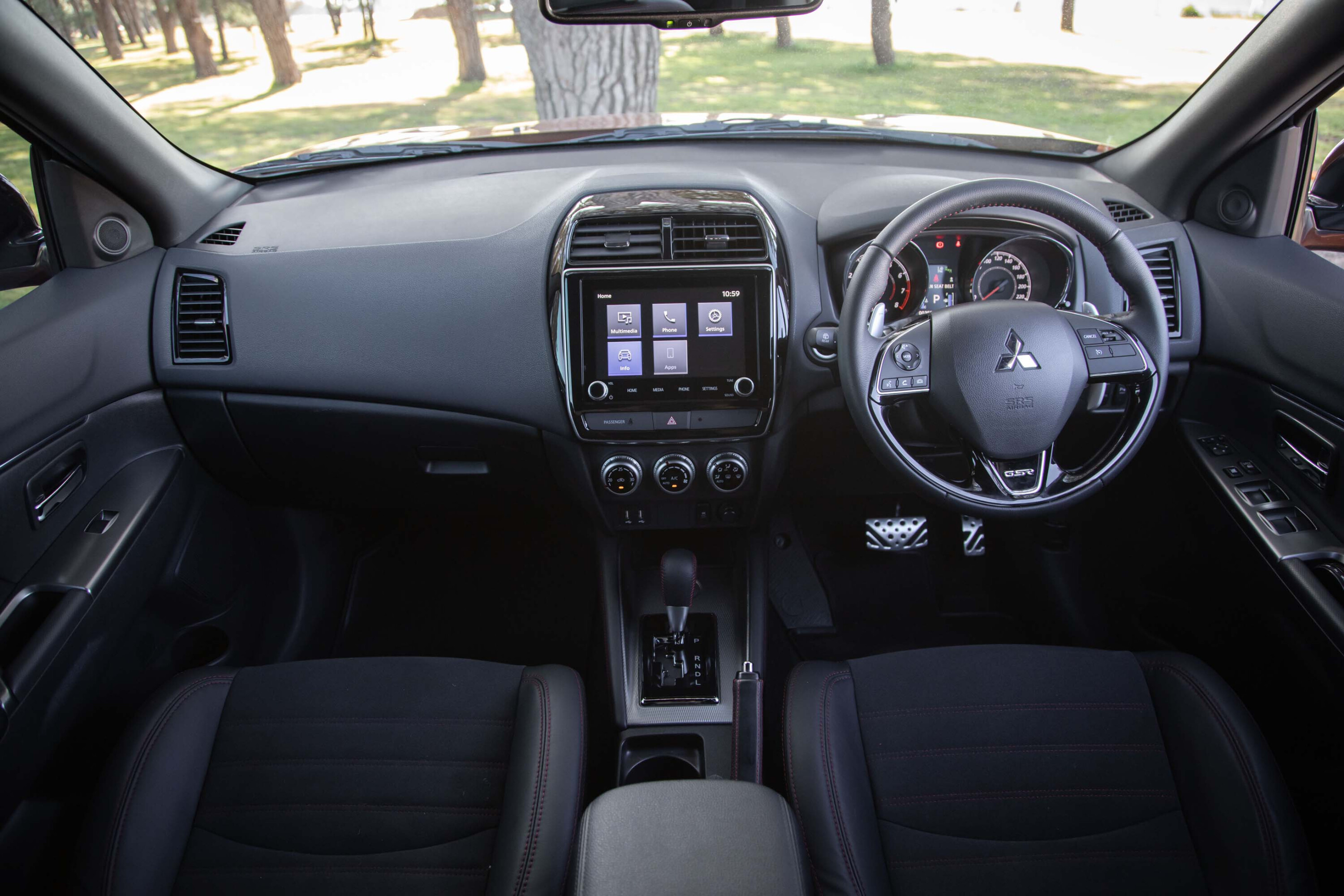
Eclipse Cross
The Eclipse Cross occupies a more premium sphere than the ASX, starting at $31,490 before on-road costs for the ES 2WD.
It also has a more modern engine under the bonnet, a downsized 1.5-litre turbo-petrol four-cylinder developing 110kW/250Nm and recording 7.3L/100km on the combined cycle.
The Eclipse Cross gets 16-inch alloys as standard and basic AEB, but stepping up one grade to the LS adds niceties such as 18-inch alloys, blind-spot monitoring and rear cross-traffic alert.
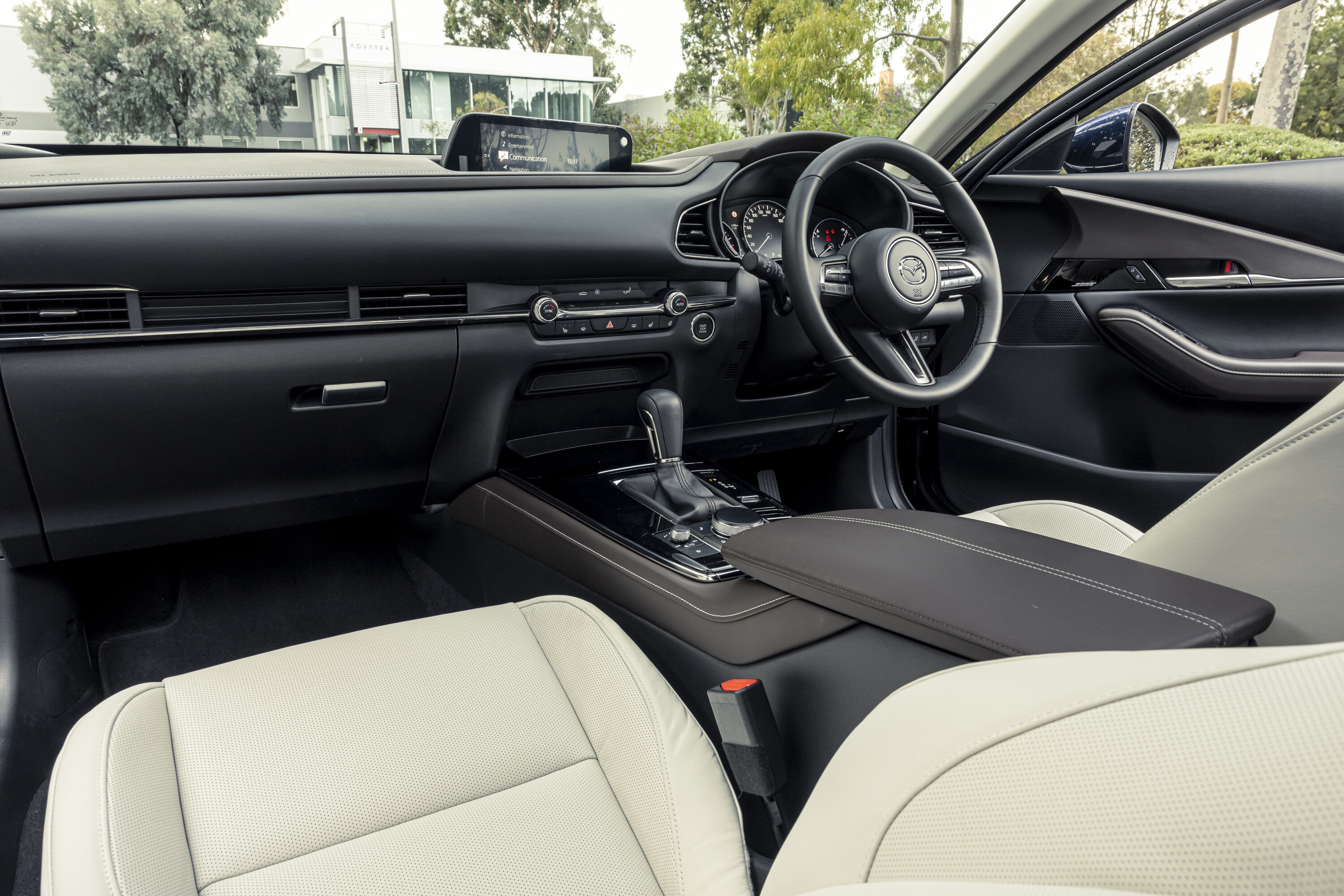
| Dollar for dollar u2013 which Mitsi offers more? | ||
|---|---|---|
| Variant | ASX ES 2WD | Eclipse Cross ES 2WD |
| Price | $29,990 | $31,490 |
| Power/torque | 110kW/197Nm | 110kW/250Nm |
| Wheels | 18-inch alloy | 16-inch alloy, two-tone |
| Headlights/DRLs | LED/LED | Halogen/LED |
| Screen size | 8.0-inch | 8.0-inch |
| Smartphone mirroring | Wired Apple CarPlay/Android Auto | Wired Apple CarPlay/Android Auto |
| Sound system | 4-speaker | 4-speaker |
| Upholstery | Black fabric | Black fabric |
| Seat adjust | Manual (driver + passenger) | Manual (driver + passenger) |
| Cruise control | Normal cruise control | Normal cruise control |
| Dollar for dollar u2013 which Mitsi offers more? | ||
|---|---|---|
| Variant | ASX Exceed 2WD | Eclipse Cross Aspire 2WD |
| Price | $34,740 | $36,490 |
| Power/torque | 123kW/222Nm | 110kW/250Nm |
| Wheels | 18-inch alloy, two-tone | 18-inch alloy |
| Headlights/DRLs | LED/LED | LED/Halogen |
| Screen size | 8.0-inch | 8.0-inch |
| Smartphone mirroring | Wired Apple CarPlay/Android Auto | Wired Apple CarPlay/Android Auto |
| Sound system | Rockford Fosgate premium, 9 speakers | 8 speakers, 4 tweeters |
| Upholstery | Leather (combination of genuuine and artificial) | Microsuede leather-look |
| Seat adjust | Power driver’s seat, manual passenger | Heated with power driver’s seat, manual passenger |
| Cruise control | Normal cruise control | Adaptive cruise control |
ASX and Eclipse Cross dimensions
ASX
The ASX is 4365mm long, 1810mm wide, 1640mm long and rides on a 2670mm wheelbase, making it about average in the small SUV class. Weights range from 1342kg for the ES manual to the 1437kg Exceed.

Eclipse Cross
The Eclipse Cross is longer, nearly jumping into medium SUV territory at 4545mm tip to tail, 1805mm wide and 1685mm tall.
Confirming the cars have identical underpinnings is the shared 2670mm wheelbase. The Eclipse Cross weighs between 1475kg (ES petrol) to 1960kg (Exceed plug-in hybrid).
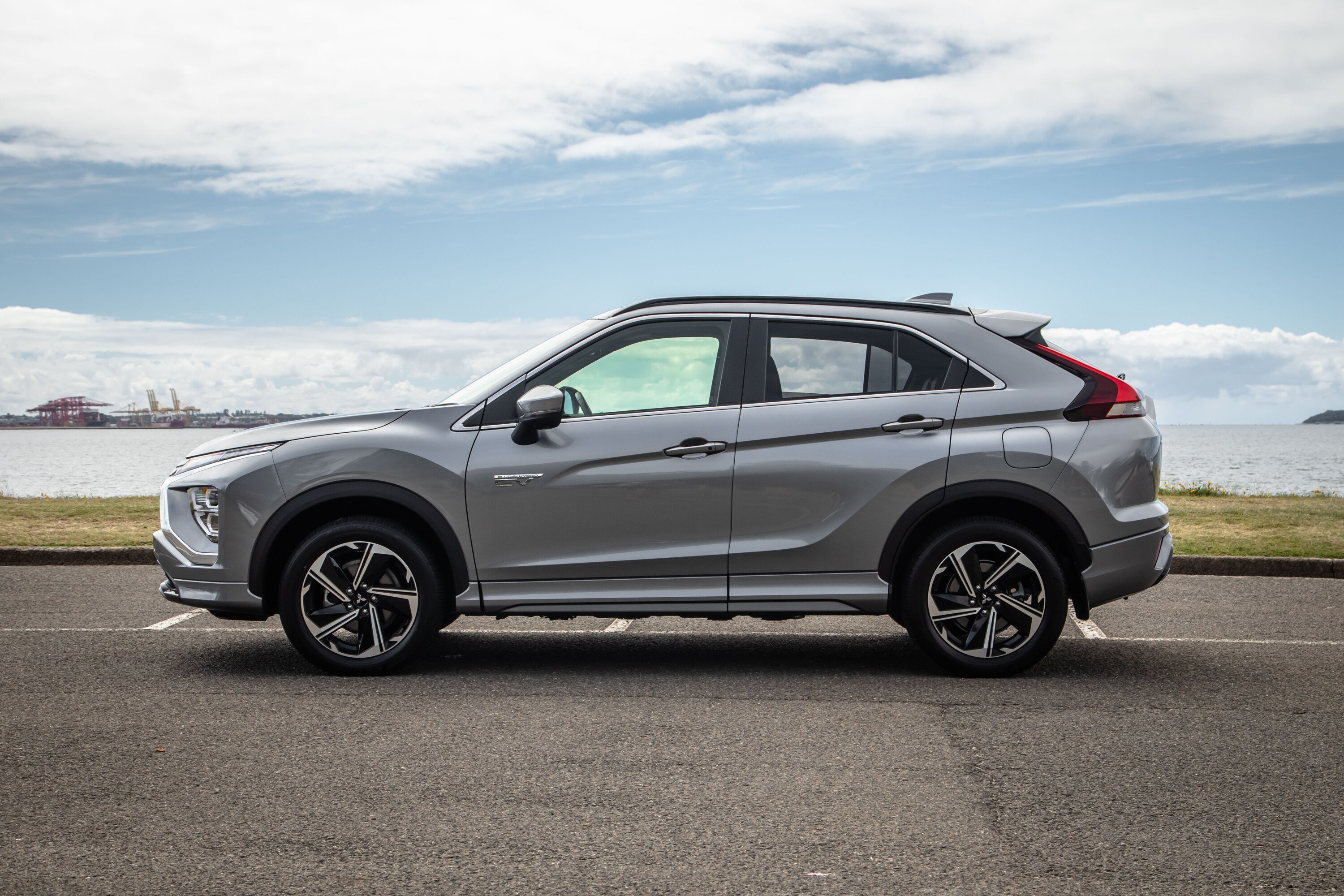
Comfort and Practicality
ASX
Simple and unadventurous, the ASX’s logical cabin has little to make the heart sing, but just about everything you need.
In the rear, a flat-ish bench means three across the back is possible even though there’s a transmission tunnel hump. A fold-out armrest is there to make it comfy four-up, and although getting on in years the ASX is up there with the best in class for rear legroom.

Eclipse Cross
Being bigger in every way, the Eclipse Cross has a touch more legroom than the ASX and, despite that coupe rear end, sacrifices precious little headroom. It also gets rear air vents, unlike the ASX.
The front seats are more shapely and comfortable than the ASX’s items. Two cup holders can be found in the centre console and good bottle holders in the doors. A bin beneath the climate controls is a good space for your phone.

Boot space
ASX
Previously segment-leading, judged on size alone the ASX’s large 393-litre boot now falls short of the Kia Seltos and Corolla Cross. The 60:40 split backrest can be folded for 1143L. The load lip is a little high, but the wide aperture means bulky items are easy to squeeze in.
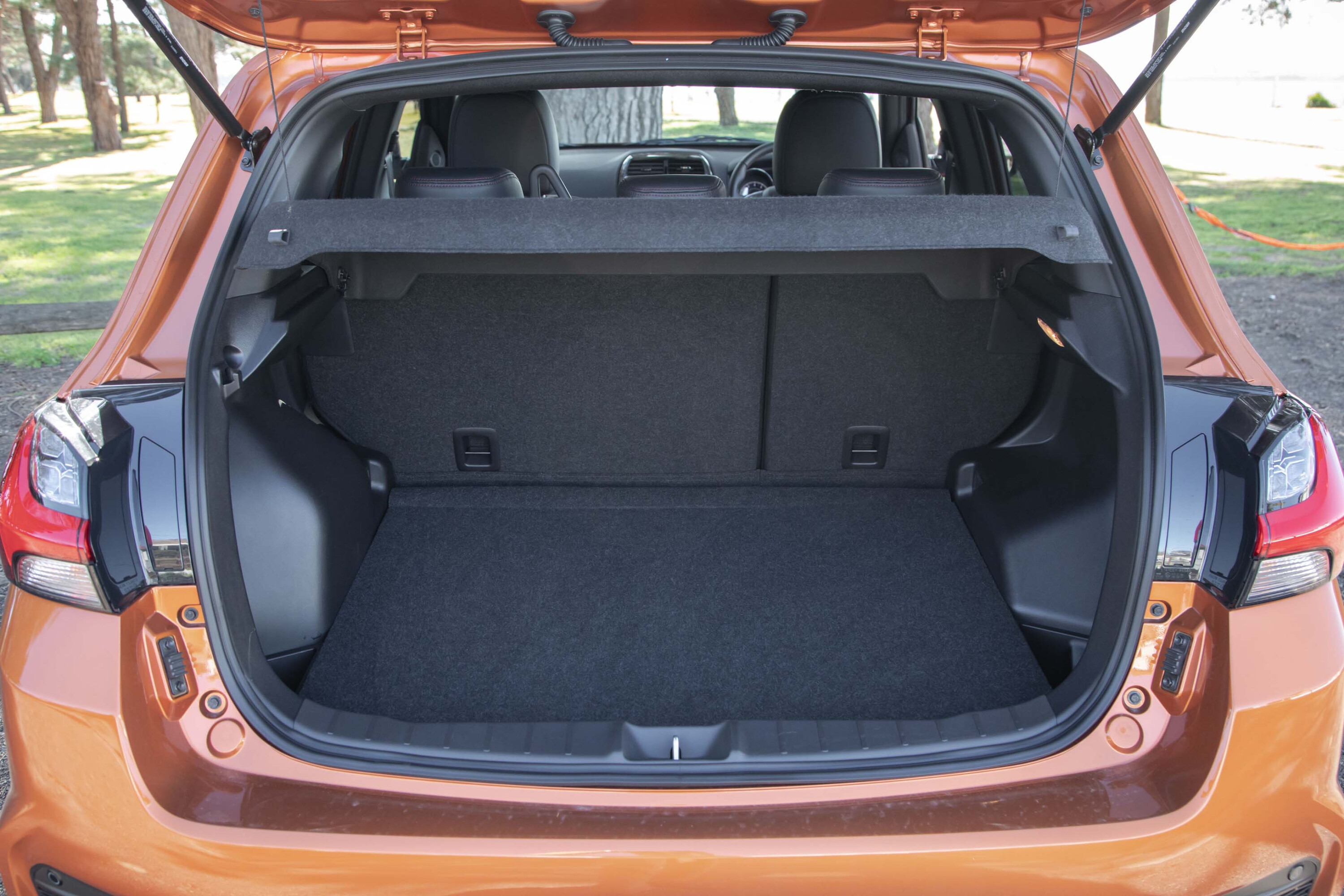
Eclipse Cross
Demarking it as a more premium product, the flagship Eclipse Cross Exceed scores a power tailgate, beneath which is 10L more space than the ASX and a noticeably longer load bay
Like the ASX, the Eclipse Cross’s boot lacks clever storage solutions and has a space-saver spare tyre beneath the floor.

Safety
ASX
The Mitsubishi ASX is unrated by ANCAP as its 2014 rating expired when the six-year time-out rule was introduced by the independent testing body. It has six airbags, ESC, ABS and vehicle-vehicle autonomous emergency braking (AEB) as standard.
From LS grade and up, lane-departure warning, blind-spot monitoring and rear cross-traffic alert are also standard. No ASX is fitted with adaptive cruise control or pedestrian detection for the AEB.
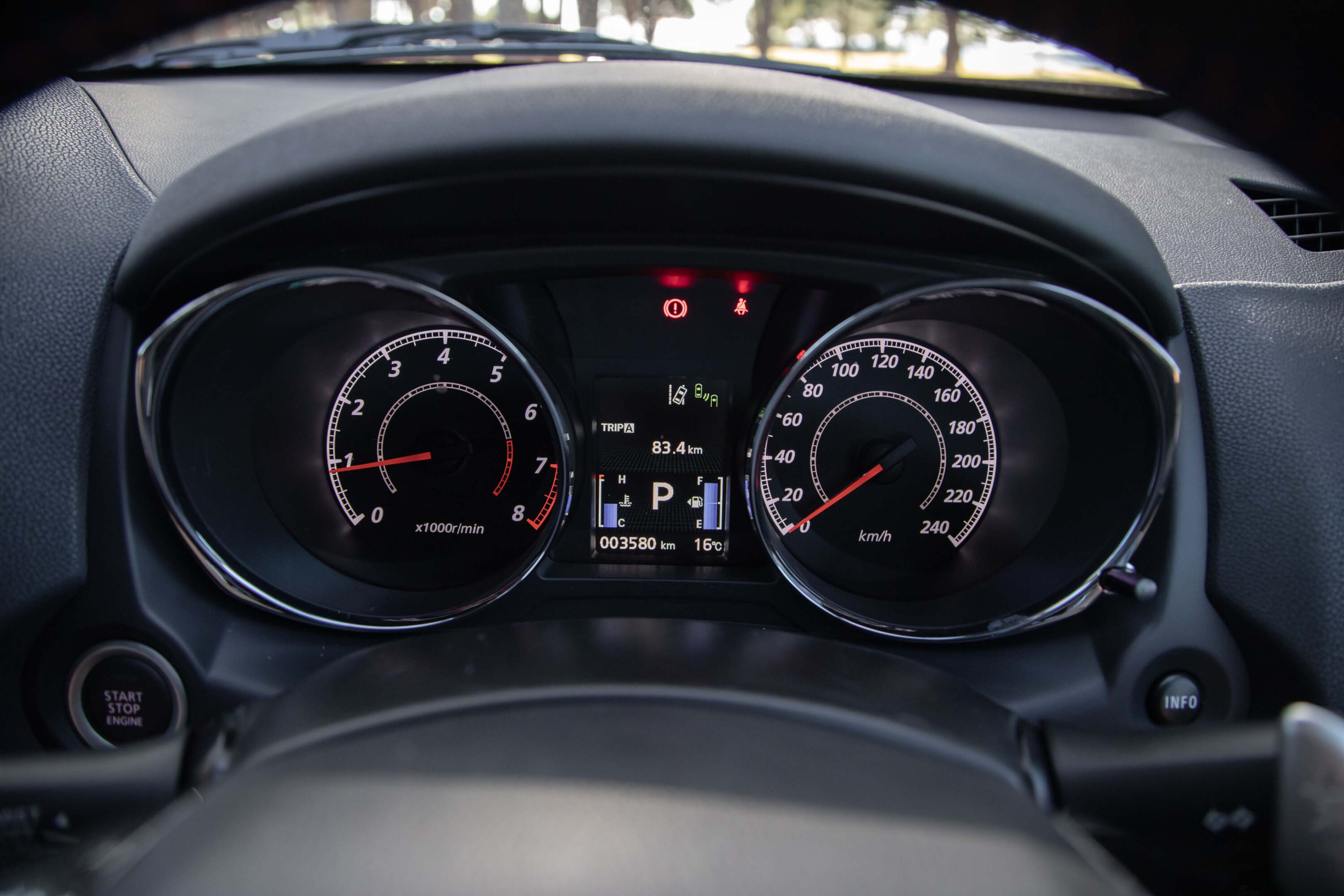
Eclipse Cross
The safety situation is similar with the Eclipse Cross but, as the LS is only the second variant up, more variants are equipped with the safety features expected from a new car today.
ANCAP rated the Eclipse Cross five stars in 2017, which is set to expire at the end of this year.
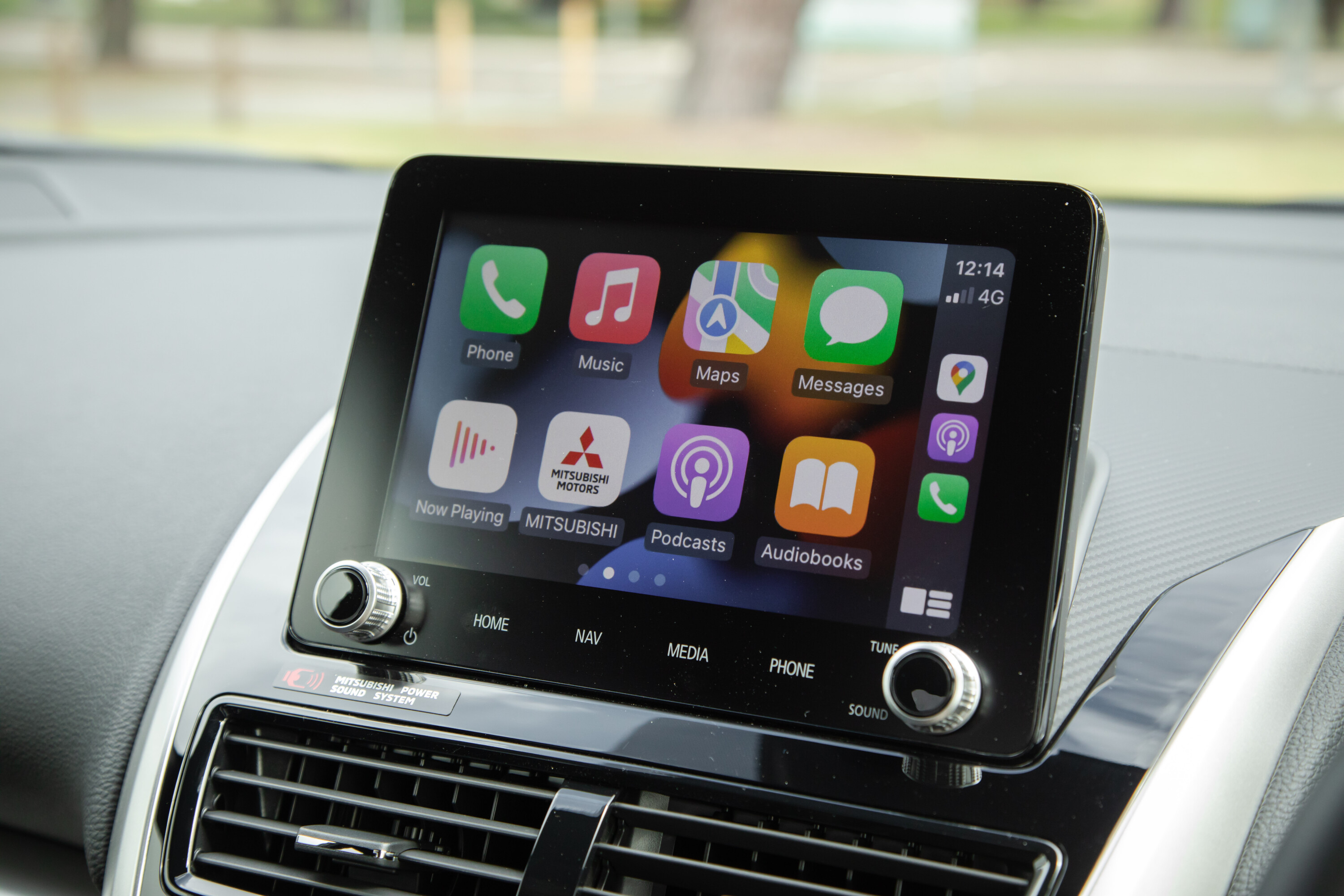
How do they drive?
ASX
The Mitsubishi ASX is a solid vehicle. Its road-holding is fine, though it doesn’t handle with verve thanks to light and lifeless steering. If you want transport that makes you forget you drove anywhere, the ASX will suit your needs.
Providing you don’t ask for full throttle, the 2.0-litre engine is quiet enough and the torquier 2.4-litre in upper-spec models feels gutsy.
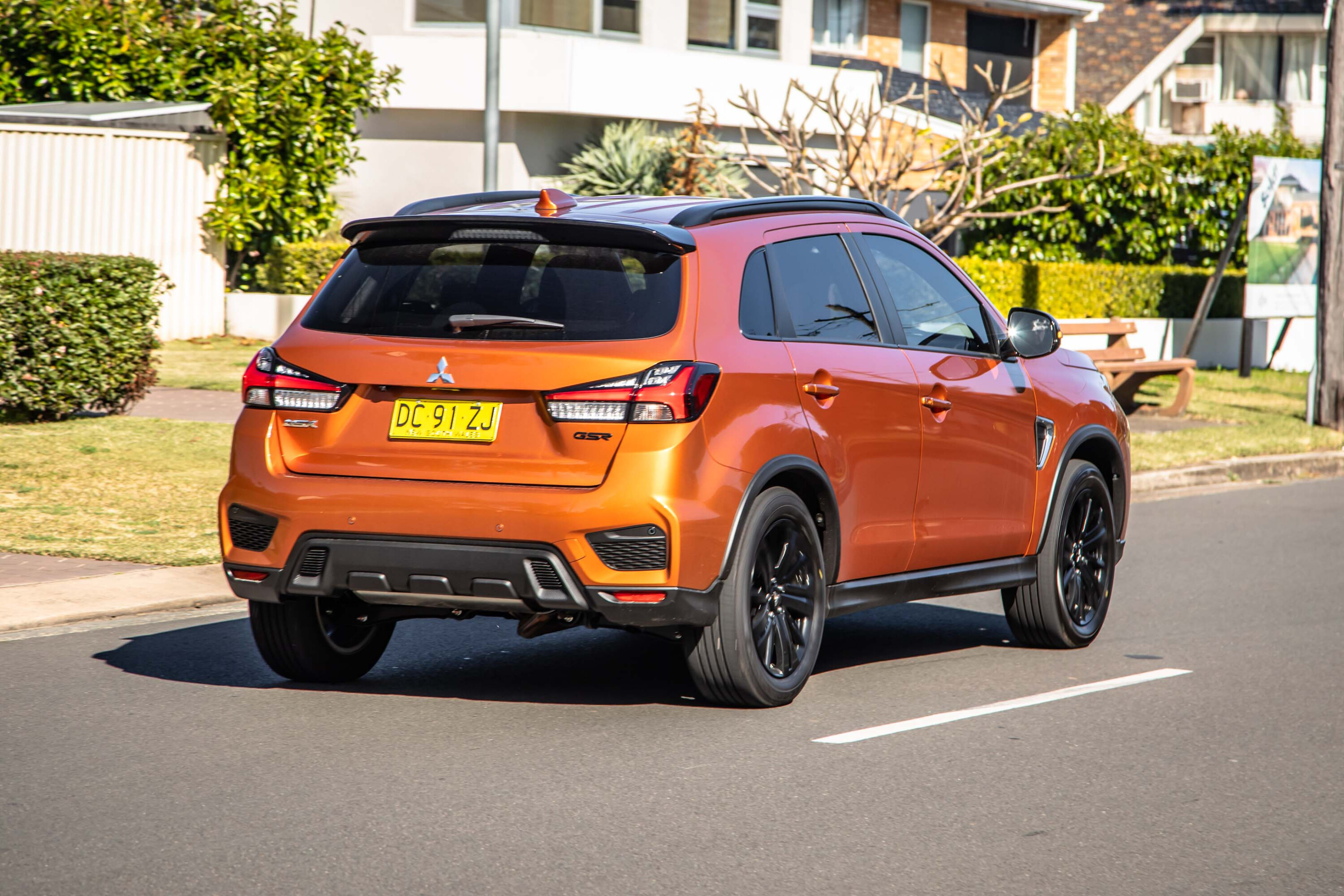
Eclipse Cross
A similarly average automatic continuously variable transmission (CVT) afflicts the Eclipse Cross, but better ride quality, availability of a traction-enhancing S-AWC all-wheel-drive system and the torquier turbocharged engine make a more compelling package. With 7.3L/100km ADR combined consumption, it isn’t too thirsty either.
The heavier plug-in hybrid introduces hushed and local emissions-free driving. It’s also relatively quick off the mark.
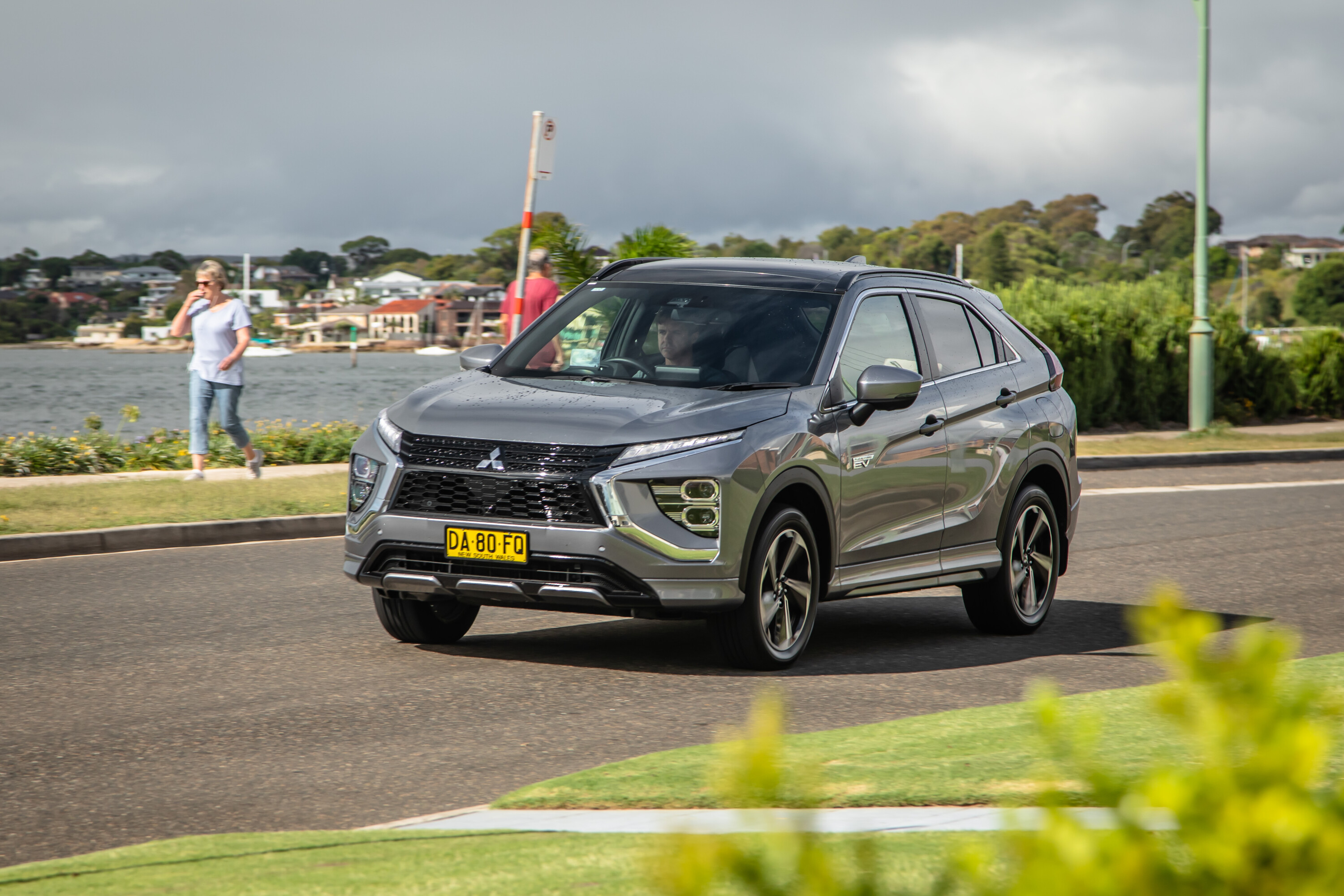
Warranty and Servicing
ASX
Both these Mitsubishis are covered by the brand’s 10-year/200,000km ‘Diamond Advantage’ warranty, contingent on servicing the vehicle at a Mitsubishi main dealer.
Luckily, you know how much that will cost as Mitsubishi outlines 10 years of capped-price servicing. ASX maintenance is due every 12 months/15,000km. Over five and 10 years it’ll cost you $1995 and $4990 respectively.
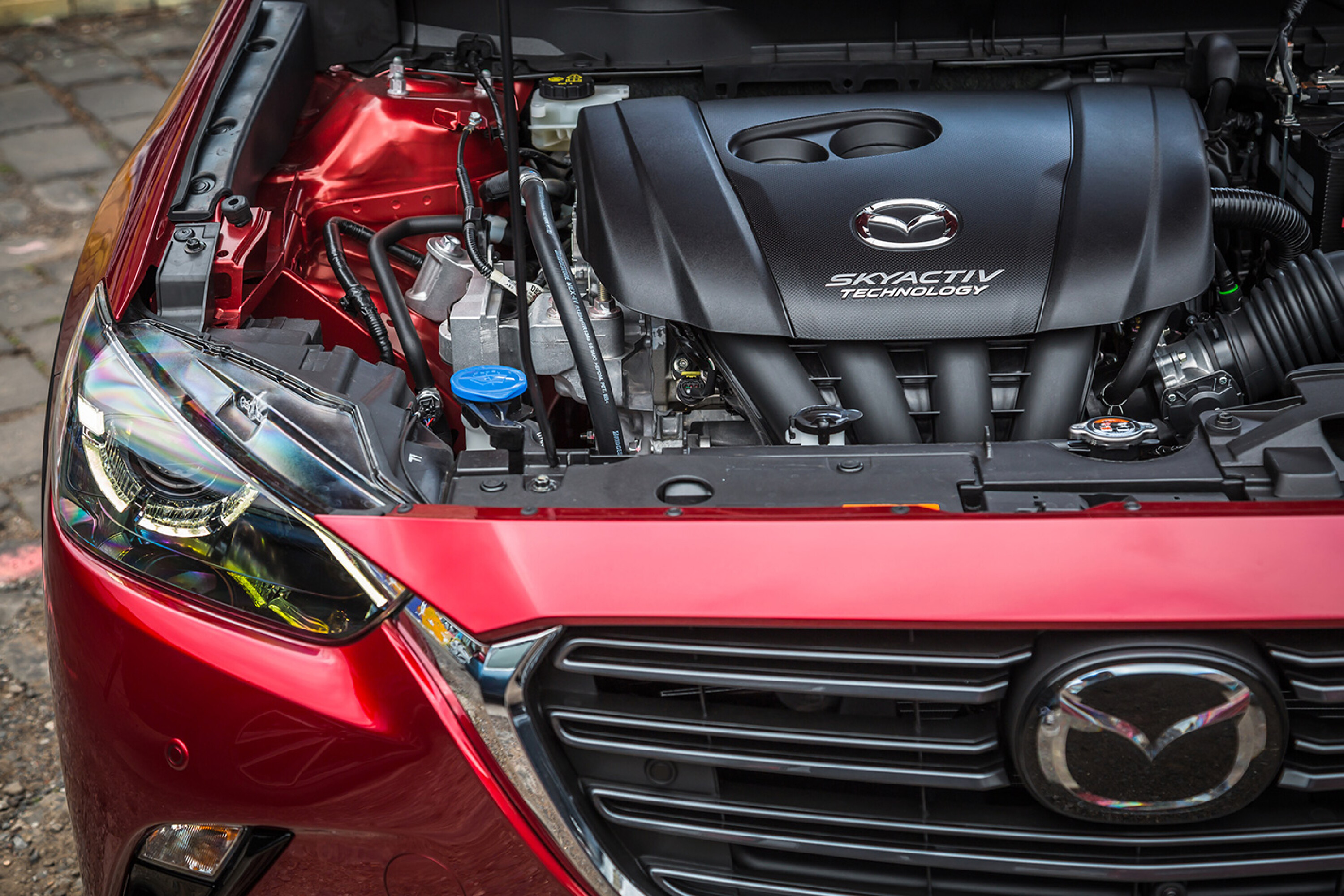
Eclipse Cross
The Eclipse Cross also needs to see a spanner every 12 months/15,000km, though the petrol is a little cheaper than the ASX to maintain at $1895 for five years and $4740 for a decade. The hybrid is the dearest at $2245 for five services and $5940 for 10.
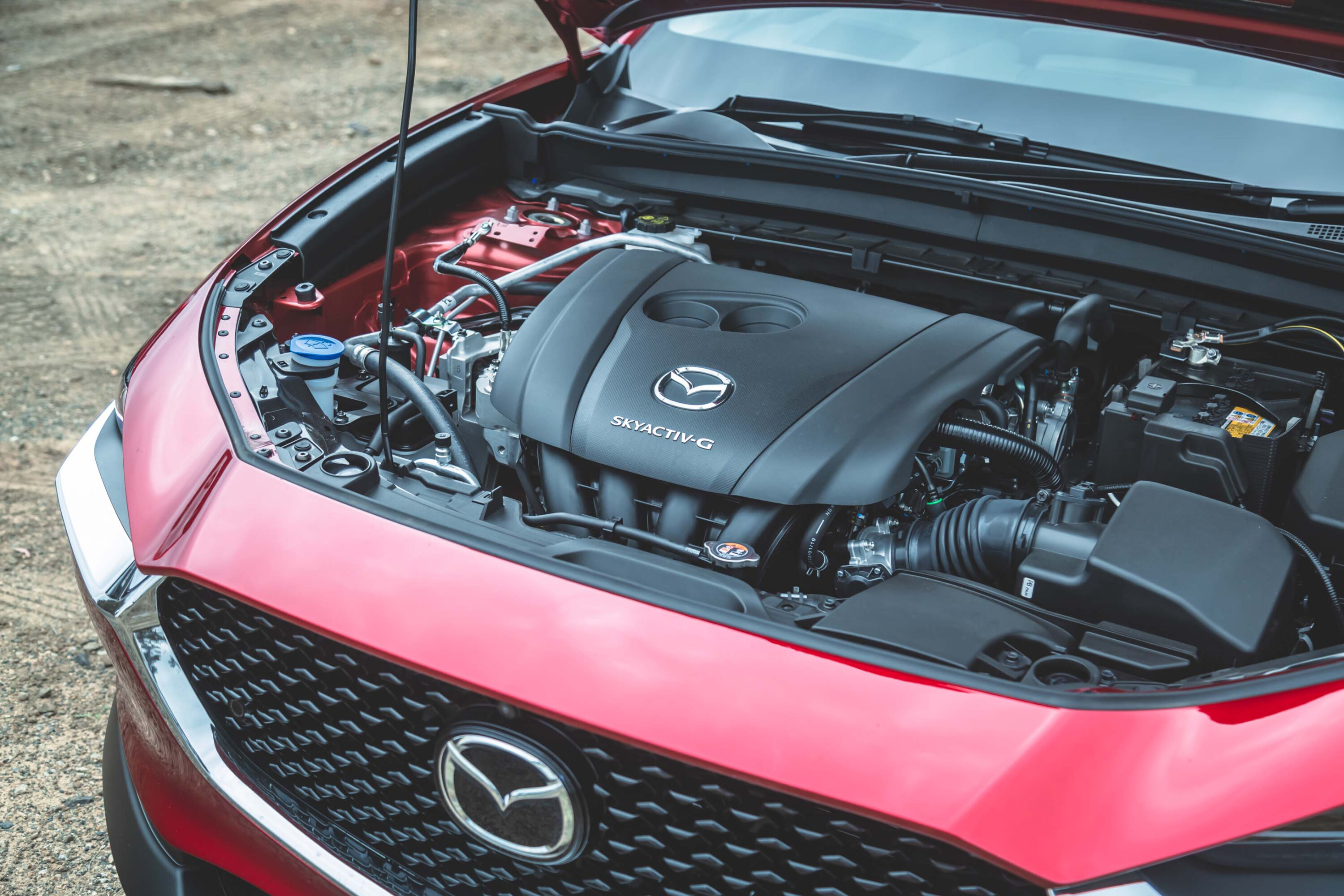
Verdict – Mitsubishi ASX
As basic transport goes, it ticks all the boxes. Stay down at the lower end of the range and enjoy simple, low-cost motoring.
Things we like
- Safety gear has been added over the years
- Proven reliability and long capped-price servicing
- Just about the cheapest car you can buy that fits the family
Not so much…
- Lumpen ride and tiresome CVT
- Getting on a bit, both inside and out
- Truly unpleasant steering
Verdict – Mitsubishi Eclipse Cross
The plug-in hybrid is intriguing, but the bigger Outlander does it better. Being more stylish and better to drive than the ASX means it’s our pick.
Things we like
- Generous cabin space for its footprint
- Plug-in hybrid available
- Torquey turbo petrol is pretty slick
Not so much…
- LS gets good safety suite for the price
- Unimaginitive cabin design
- Light, vague steering




